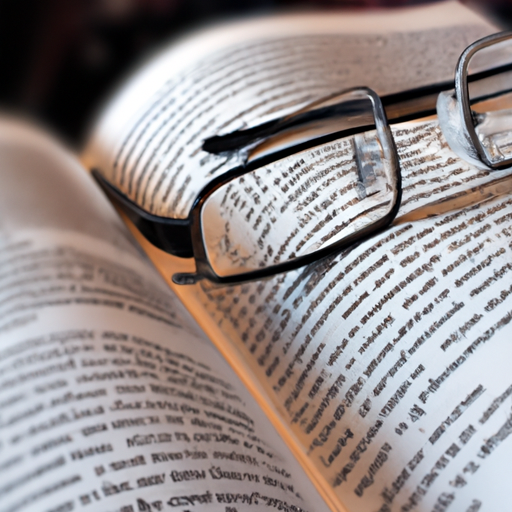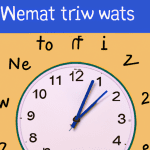Introduction
Becoming a dyslexia teacher is a rewarding and fulfilling career choice. It requires a unique set of qualifications and skills to effectively educate and support students with dyslexia. In this article, we will explore the path to becoming an effective dyslexia teacher and the qualifications needed to excel in this role.
Understanding Dyslexia
Before delving into the qualifications, it is crucial to have a solid understanding of dyslexia. Dyslexia is a learning disorder that affects a person’s ability to read, write, and spell. Individuals with dyslexia may have difficulty processing language and struggle with phonological awareness, decoding, and comprehension skills.
Educational Background
To become a dyslexia teacher, a strong educational background is essential. Most schools and educational institutions require a bachelor’s degree in education or a related field. It is beneficial to pursue a specialization in special education or learning disabilities to gain a deeper understanding of dyslexia and its impact on students.
Specialized Training and Certification
In addition to a relevant degree, specialized training and certification in dyslexia education are highly recommended. Several organizations offer dyslexia-specific training programs that provide educators with the necessary knowledge and strategies to support students with dyslexia effectively.
One widely recognized certification is the Orton-Gillingham (OG) approach. This structured, multisensory teaching method focuses on phonics, phonemic awareness, and decoding skills. Obtaining certification in the OG approach can greatly enhance your ability to address the unique needs of dyslexic students.
Experience and Practical Skills
While education and certification are crucial, practical experience working with dyslexic students is invaluable. Seek opportunities to gain hands-on experience through internships, volunteer work, or teaching assistant positions in schools or learning centers that specialize in dyslexia education. This experience will allow you to apply your knowledge in real-world settings and develop essential skills in individualized instruction, assessment, and intervention strategies.
Continuing Professional Development
To stay current with the latest research and best practices in dyslexia education, it is essential to engage in continuing professional development. Attend workshops, conferences, and seminars focused on dyslexia and related topics. Join professional organizations dedicated to dyslexia education to connect with like-minded professionals and access valuable resources.
Patience, Empathy, and Flexibility
While qualifications and knowledge are crucial, being an effective dyslexia teacher also requires certain personal qualities. Patience, empathy, and flexibility are essential traits that enable educators to create a supportive and inclusive learning environment for students with dyslexia. These qualities allow teachers to adapt their teaching methods and provide individualized instruction tailored to each student’s unique needs.
Conclusion
Becoming a dyslexia teacher requires a combination of educational qualifications, specialized training, practical experience, and personal qualities. By obtaining a relevant degree, pursuing specialized training and certification, gaining practical experience, and continuously engaging in professional development, you can become an effective dyslexia teacher who positively impacts the lives of students with dyslexia. Remember, it is not just about teaching students to read and write but also empowering them to overcome challenges and reach their full potential.




